The United States has a problem: The share of American adults who work is low, compared to other developed nations. Economists say this holds the nation back — the economy and wages should grow faster when more people are working.
Experts have been trying to figure out why so many adults remain on the sidelines, especially
in a good economy. According to the latest Labor Department
data, about 83 percent of American adults in their prime worker years (ages 25-54) are participating in the labor force, meaning they have a job or are actively looking for one. That’s up from a few years ago, but still below the levels of the late 1990s, and way below the rates of Germany, Japan, Canada, France and the United Kingdom.
So what the heck is going on? U.S. senators asked Federal Reserve Chair Jerome H. Powell about labor force participation this week, especially after Powell said getting more people in the labor force is a “
national priority.”
In response, Powell told senators to blame the education system and the opioids epidemic, not welfare.
“It isn’t better or more comfortable to be poor and on public benefits now, it’s actually worse than it was,” Powell said.

When Sen. John Neely Kennedy, a Republican from Louisiana, asked Powell if “the richness of our social programs” makes people less inclined to look for work because they can get a government check for not working, Powell dismissed that idea. The vast majority of economists agree with the Fed chair,
a Republican who worked for President George H.W. Bush before embarking on a career in private equity and later at the central bank.
“It’s very hard to make that connection, and I’ll tell you why,” Powell told Kennedy. “If you look in real terms, adjusted for inflation, at the benefits that people get, they’ve actually declined, during this period of declining labor force participation.”
Economists across the political spectrum agree with Powell. Since the major bipartisan effort to revamp welfare in 1996, it’s become much harder to receive money from the government unless you are either working or disabled.
“The spirit of what the Fed chair was saying is you can’t blame lagging or declining labor force participation on the welfare benefit system,” said Matt Weidinger, the Rowe fellow in poverty studies at the right-leaning American Enterprise Institute. “Benefits really haven’t been growing. What we have been doing is subsidizing people who go to work.”
Since the 1990s, the United States has focused on expanding tax credits to help the working poor. The catch? People have to be working at least a bit to get the benefits. The Earned Income Tax Credit (EITC) only kicks in after
your first dollar of pay. Similarly, it has become harder in most states to receive government payments or food stamps (SNAP) for more than a few weeks unless you’re an unemployed adult who is actively looking for work.
A
2018 analysis by economists Hilary Hoynes (University of California at Berkeley) and Diane Whitmore Schanzenbach (Northwestern University) found that “virtually all gains in spending on the social safety net for children since 1990 have gone to families with earnings, and to families with income above the poverty line.”
“The dollars are no longer going to the very bottom,” Hoynes told us. “They’re going higher up the income distribution.”
The benefit that most people think of as welfare is now known as Temporary Assistance for Needy Families, or TANF. The typical recipient of that program now gets far less than they did in 1996, especially after adjusting for the rising cost of living.

Danilo Trisi, a senior research analyst focusing on child poverty at the left-leaning Center on Budget and Policy Priorities, pointed out that U.S. labor force participation has been falling since 2000, but many European nations that have more generous safety nets have seen labor-force participation rise over that same time period.
“International data suggest being more generous when people have a rough time does not decrease labor force participation,” Trisi said. “The fact the U.S. has weak support for people falling on hard times should not be celebrated. It’s a key reason the U.S. has higher child poverty than many of our competitors.”
Johns Hopkins University economist Robert Moffitt said he agrees with Powell that safety net programs do not discourage people from finding work, according to research. He said the one exception might be programs for the elderly or disabled. Moffitt pointed to his 2015 analysis
in the journal Demography, which shows that the elderly and disabled receive much higher benefits. His study also found that low earners have seen their benefits decline.
“The U.S. has gotten very stingy on giving support to people who aren’t working,” Moffitt said.
So what is actually keeping U.S. labor force participation rates so low? Many economists say they expected labor participation to fall as baby boomers retire, but that’s a problem many nations face — and U.S. participation remains relatively low even in prime working ages (ages 25 to 54), when retirement shouldn’t be a factor. Others have pointed out it’s really a different problem for men and women. Female labor force participation has edged down since 2000 (although it’s
come back a bit lately), but male labor force participation has been falling since the 1950s.

Here’s Powell’s explanation: “It’s a combination of things, no doubt. It is that educational attainment in the United States, which was once the highest, has really fallen relative to our peers. And particularly among lower- and middle-income people, the level of educational attainment has really plateaued. And that’s the key thing for keeping in the labor market these days.”
“I would say the opioid crisis isn’t helping,” he added.
Top economists in the Obama administration put out a big report focusing specifically on this issue in June 2016. They concluded that jobs for men without college degrees are declining and pay has also been falling, making work less attractive.
In many ways, this problem was at the heart of President Trump’s 2016 campaign pitch to aid the “forgotten man.” It’s likely to be a key issue again on the 2020 presidential campaign trail.
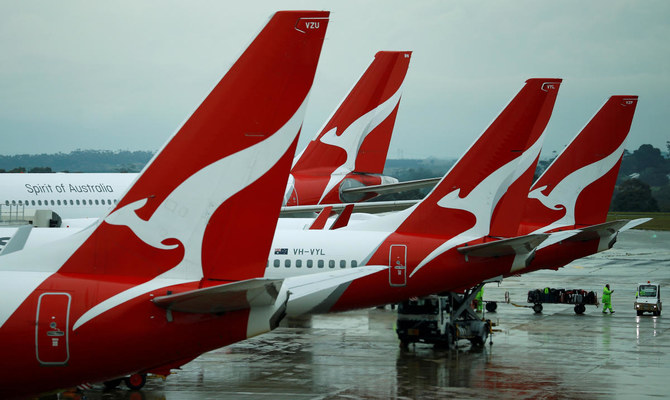
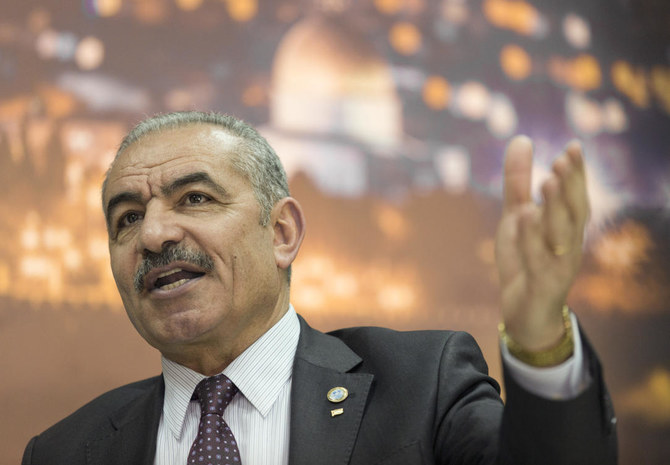


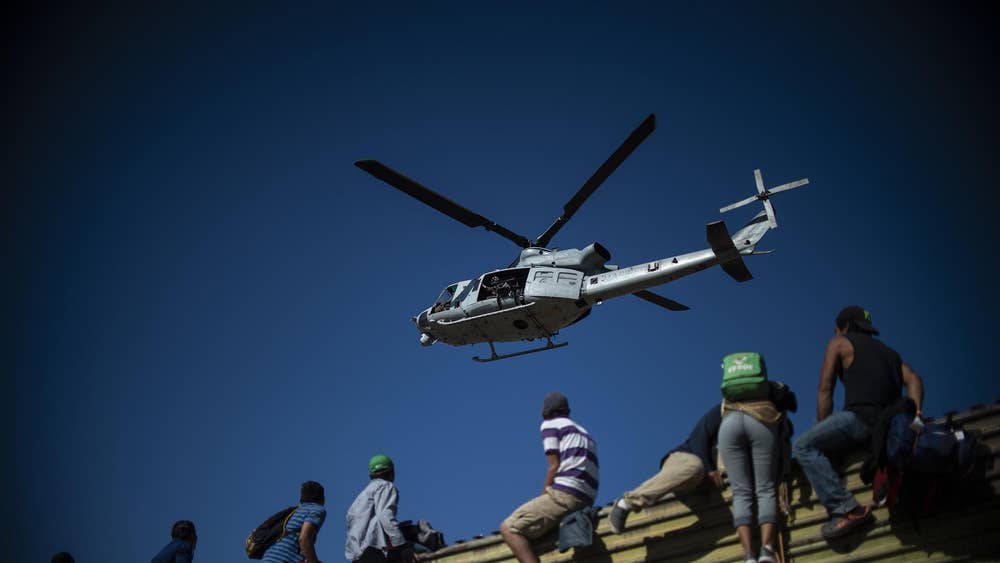
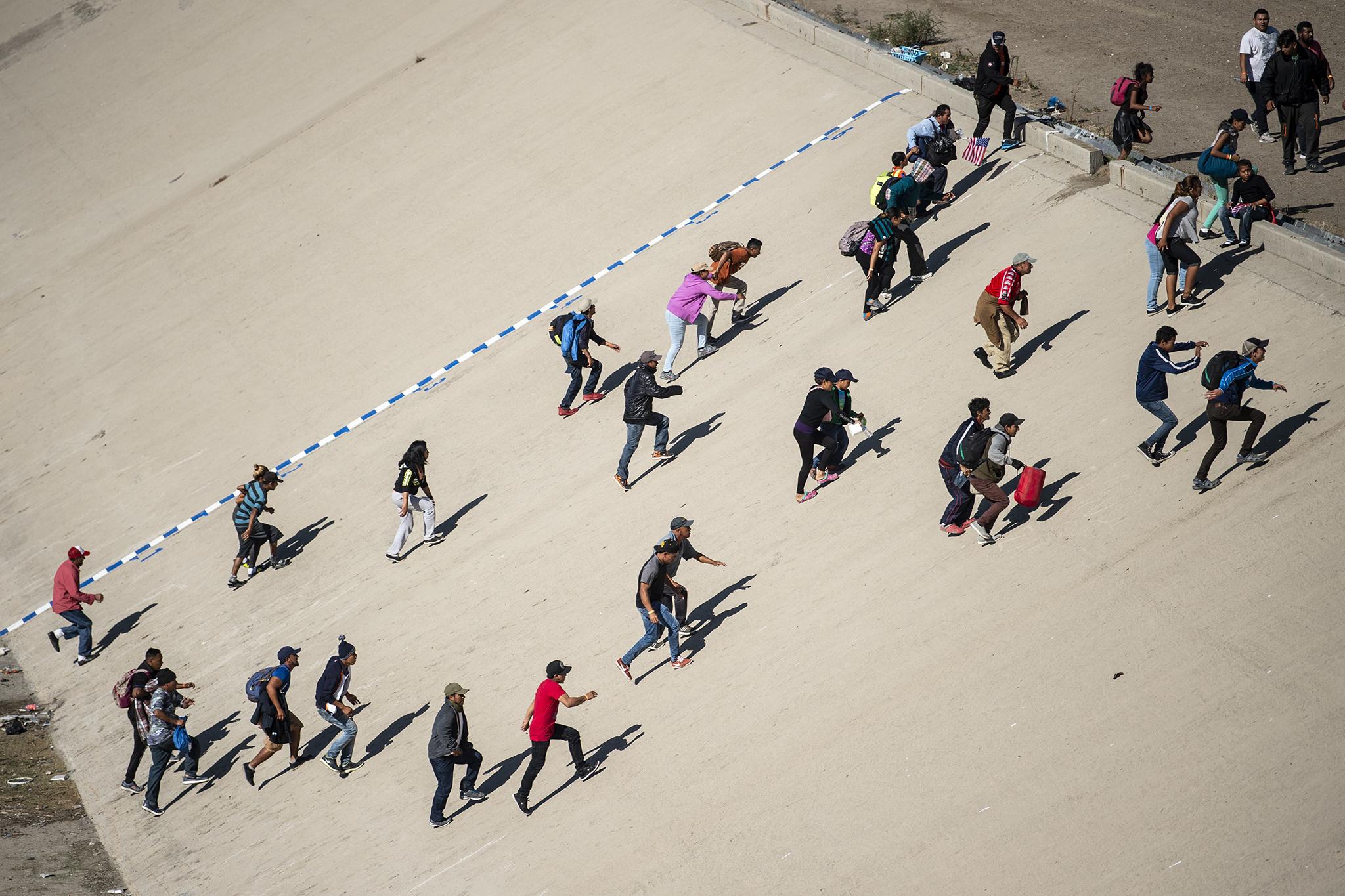
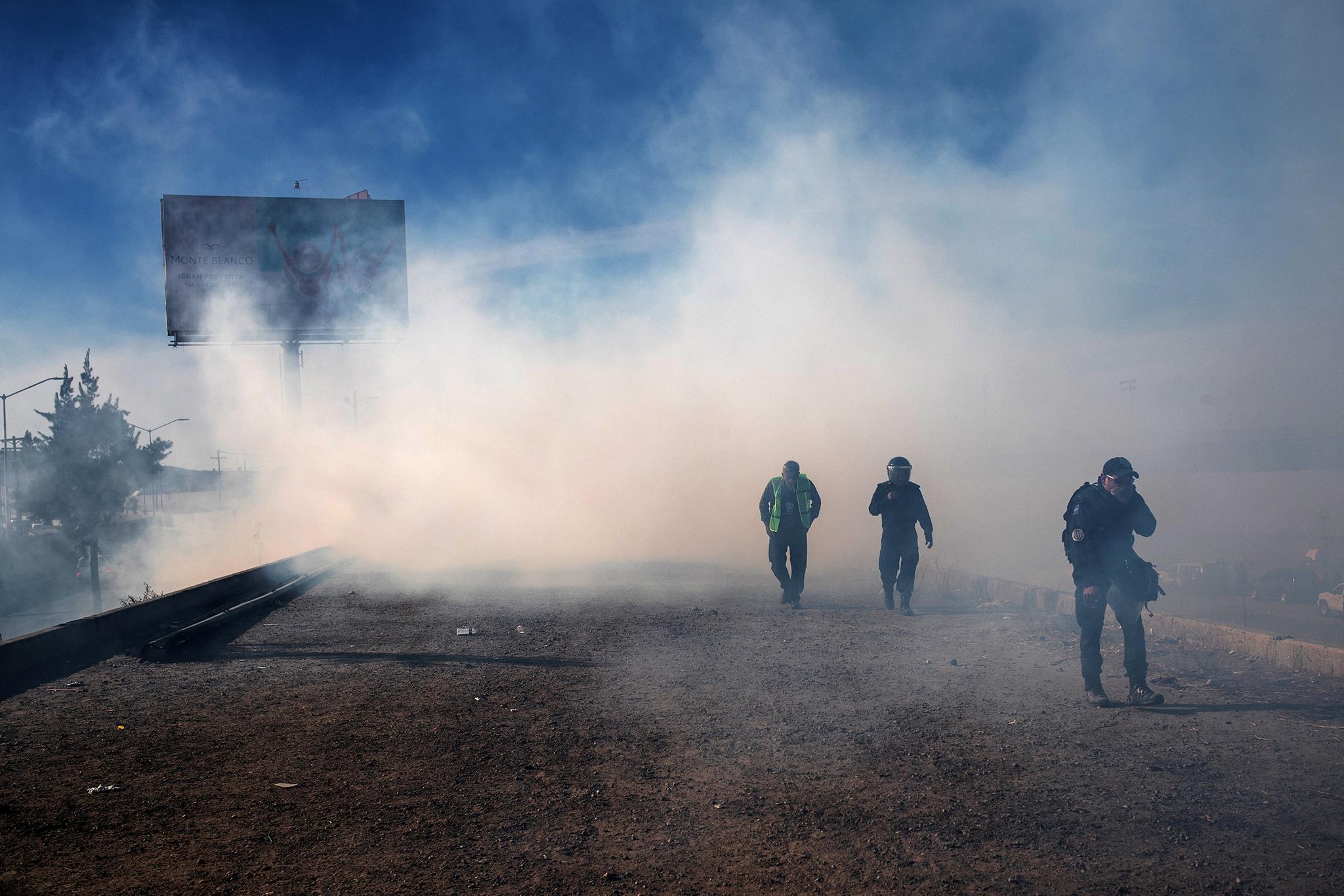
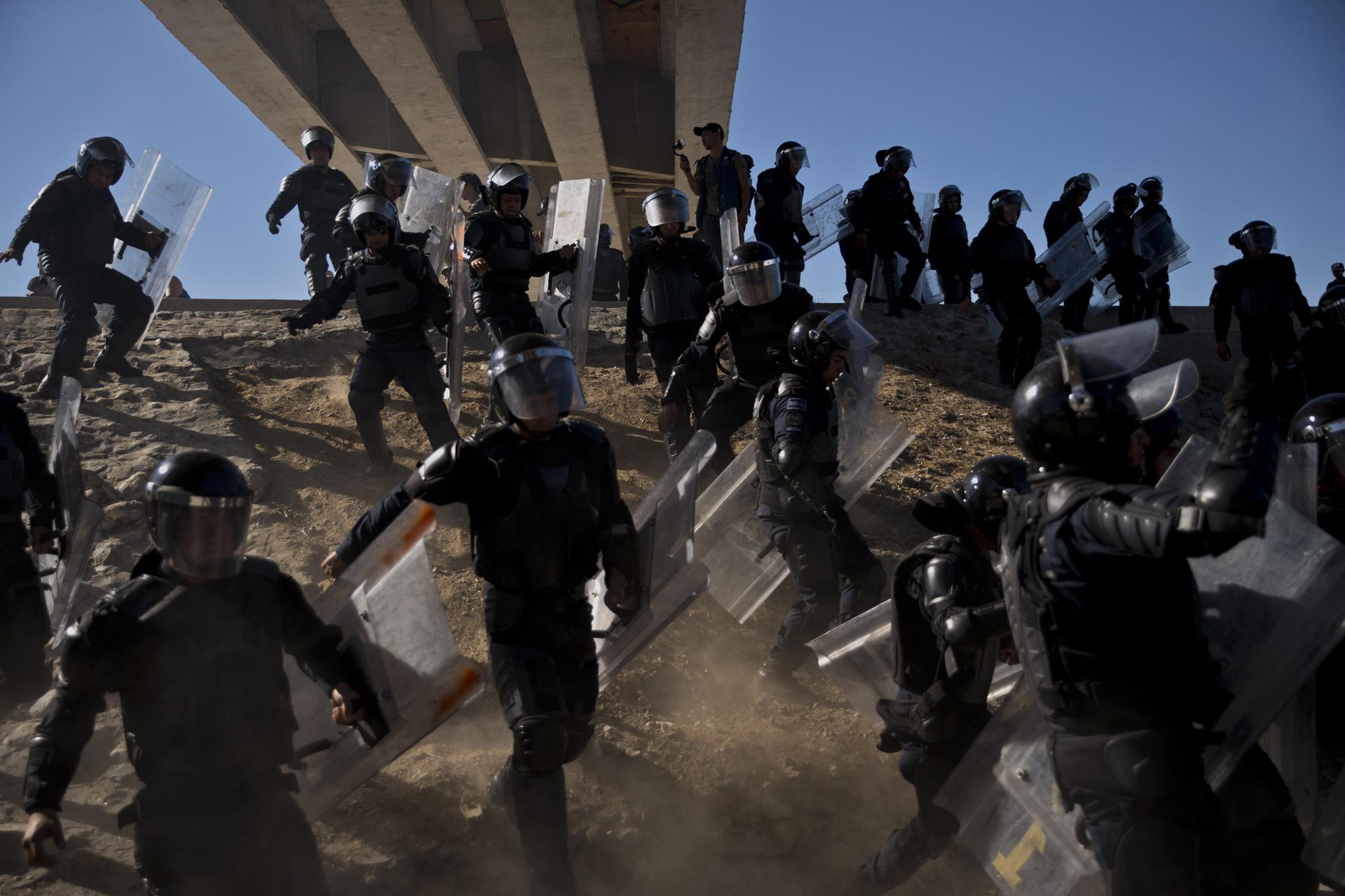
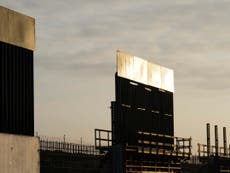







:max_bytes(150000):strip_icc()/headlines-after-elvis-death-52089340-58b5c3063df78cdcd8b9e090.jpg)


 © Eric BARADAT AFP journalist looks at sites from "America's Last Line of Defense" network set up by Christopher Blair who says he knows what to write for his right-wing "target audience" through years of "being embedded in their world"
© Eric BARADAT AFP journalist looks at sites from "America's Last Line of Defense" network set up by Christopher Blair who says he knows what to write for his right-wing "target audience" through years of "being embedded in their world"


